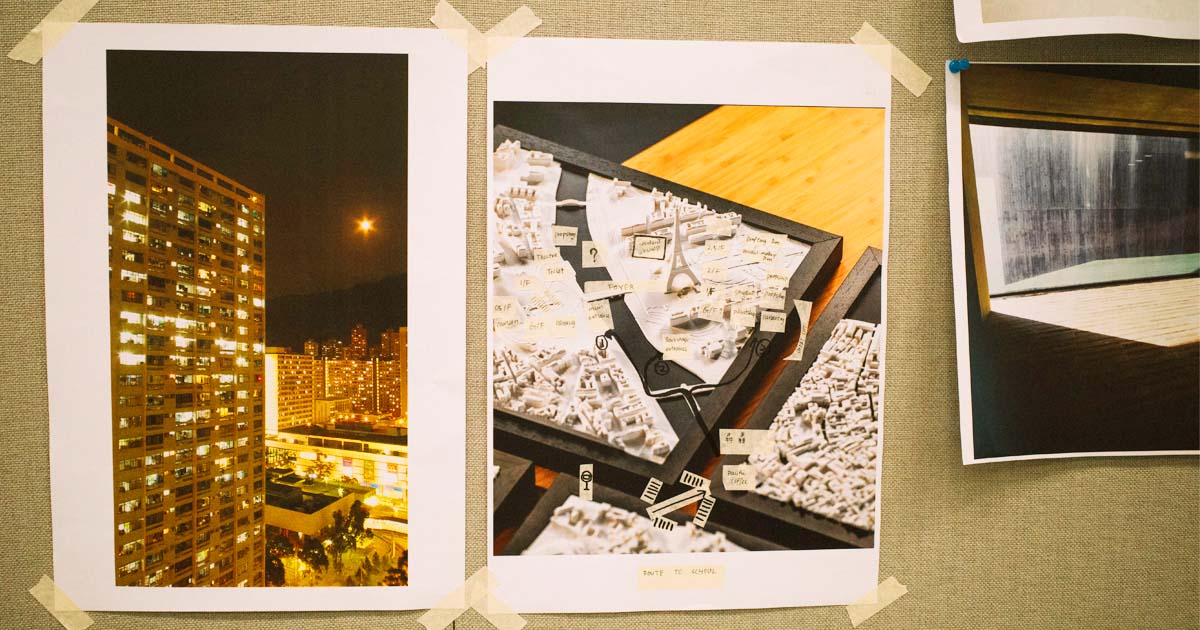
Early this year, students at the School of Theatre and Entertainment Arts (TEA) of the Hong Kong Academy for Performing Arts were invited to participate in a series of transmedia workshops. This July, a group of TEA graduates will be joined by the cross-disciplinary artist Samson Young as they create, experiment, and perform together, while current TEA students will have a chance to observe their creative process. This is all part of a project co-launched by the TEA and Freespace through their collaborative platform, TechBox.
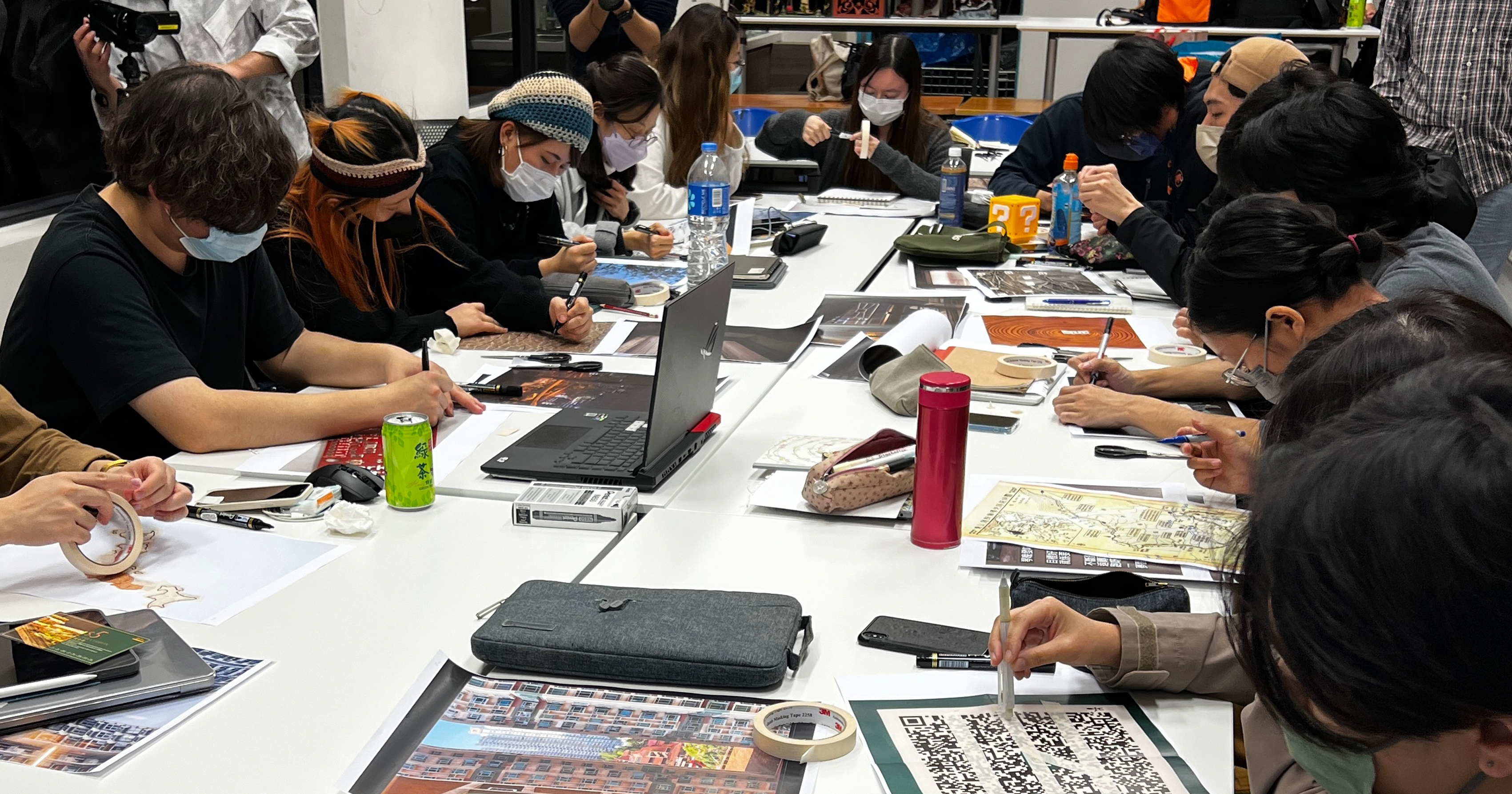
Expanding the Imagination of Space
The creation of art involves the conceptualisation and imagination of space. Students of performing arts, in particular, need to put extra efforts into enhancing their spatial design skills. They are usually already familiar with the technical aspects of lighting and sound designs, and have plenty of opportunities to hone these skills in the industry. However, in an age where transmedia art has become more prevalent, they must also possess the awareness to build knowledge across multiple disciplines to prepare themselves for increasingly sophisticated art projects. For instance, the emerging popularity of the "Art Tech" trend is evidence that the art world has started to place a stronger emphasis on the creation of mixed-media art that bears the characteristics of transmedia.


In the transmedia workshops, Melody Yiu Hoi-lam from School of Architecture, the Chinese University of Hong Kong shared with the students the basic concept of urban planning and architecture, ways to develop a wide vocabulary for stage and spatial design, as well as how to think about spatial design like an architect. Meanwhile, artist Pak Sheung-chuen led a series of exercises to explore the creation of art with space, and used his own discipline—conceptual art—as a starting point to help the students think and create from an artist’s perspective. Both architecture and conceptual art are closed connected to spatial imagination. It is easy to see, then, the performing arts have a lot of learn from these two disciplines, and apply and experiment with different spatial design principles and philosophies.

“Imageability” is an important concept in urban planning that emphasises the design of elements such as paths, edges, and landmarks. Its primary focus on symbols and directions is similar to the ideas of mise-en-scène and spatial design in performing arts. When architects design a space, they have to think about the activities, habits and lifestyles of the people living there in order to produce a human-oriented design. Similarly, in scenography, one must consider the arrangement of characters and their on-stage actions to facilitate the presentation and progression of the story.
The Tool and the Spirit
Melody’s workshop exercise was designed primarily to train students to apply spatial thinking in their daily life and to observe their surroundings more effectively. For example, she asked students to visit the areas surrounding their campus, draw a map by hand, and describe their journey using only shapes, colours, scale and orientation indicators, textures, and numbers. These elements are critical in stage design and the creation of art, as they help the artist breakdown the details of a space. Just like an architect has to think about how to install interactive components like windows or doors in a structure, a stage designer needs to think in terms of how to facilitate the narration and help expand the vocabulary of stage design.
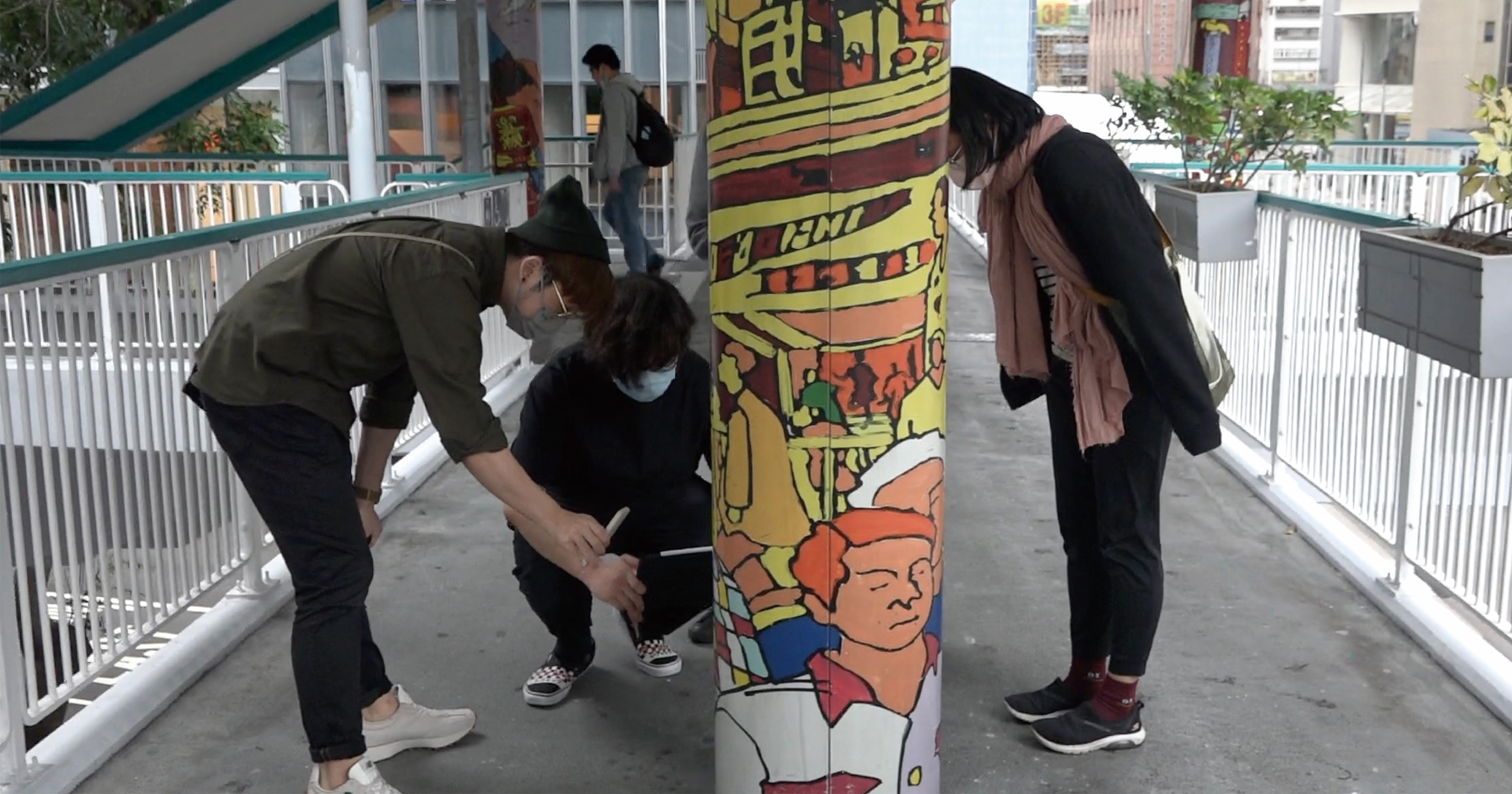
If the abovementioned architectural concepts can be used as a "tool", then the principles of conceptual art can perhaps serve as the guiding spirit for transmedia spatial design. Pak explained these ideas by encouraging students to visit and explore various urban spaces and create readymade art. These exercises eventually led them to the core of Pak’s artistic creation—modernology. For him, art-making is about attentively observing everything that’s happening around and to us, finding the things that move us, and using them as a basis to create unique imaginations. Pak believes that randomness, coincidences and unpredictability are all valuable assets that should be fully appreciated and utilised by the artist.
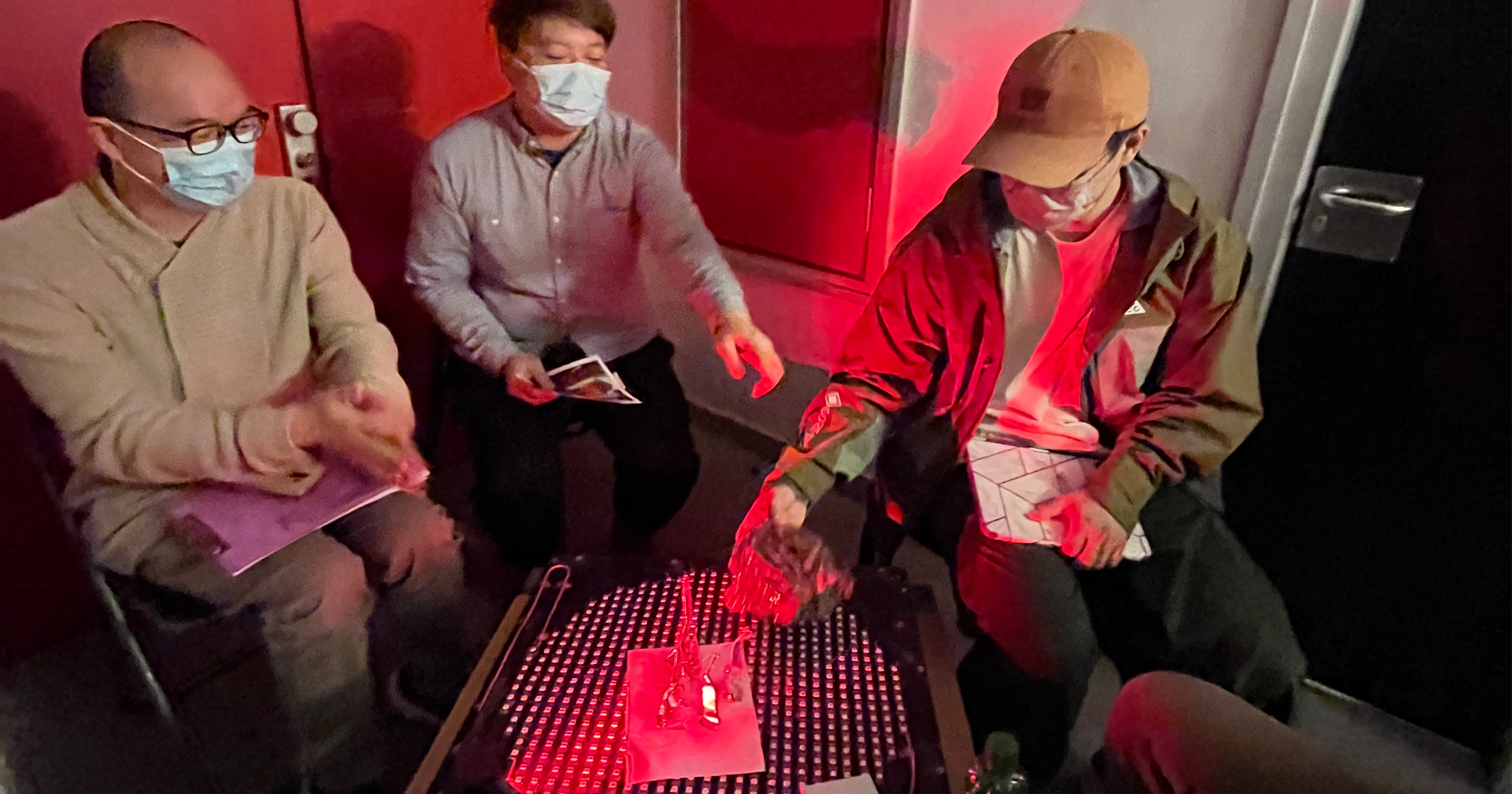
Drawing Inspiration from Daily Life
Inspiration doesn’t emerge out of the blue—it comes from living. After the workshops, students go back to their real lives, and that’s where the real work begins. They need to continue to develop a habit of "collecting inspirations" by observing life experiences and reflecting on them, and treating them as ingredients for future art creation. And mobile phones, something that everybody has nowadays, are an excellent tool for documenting life events and generating ideas.
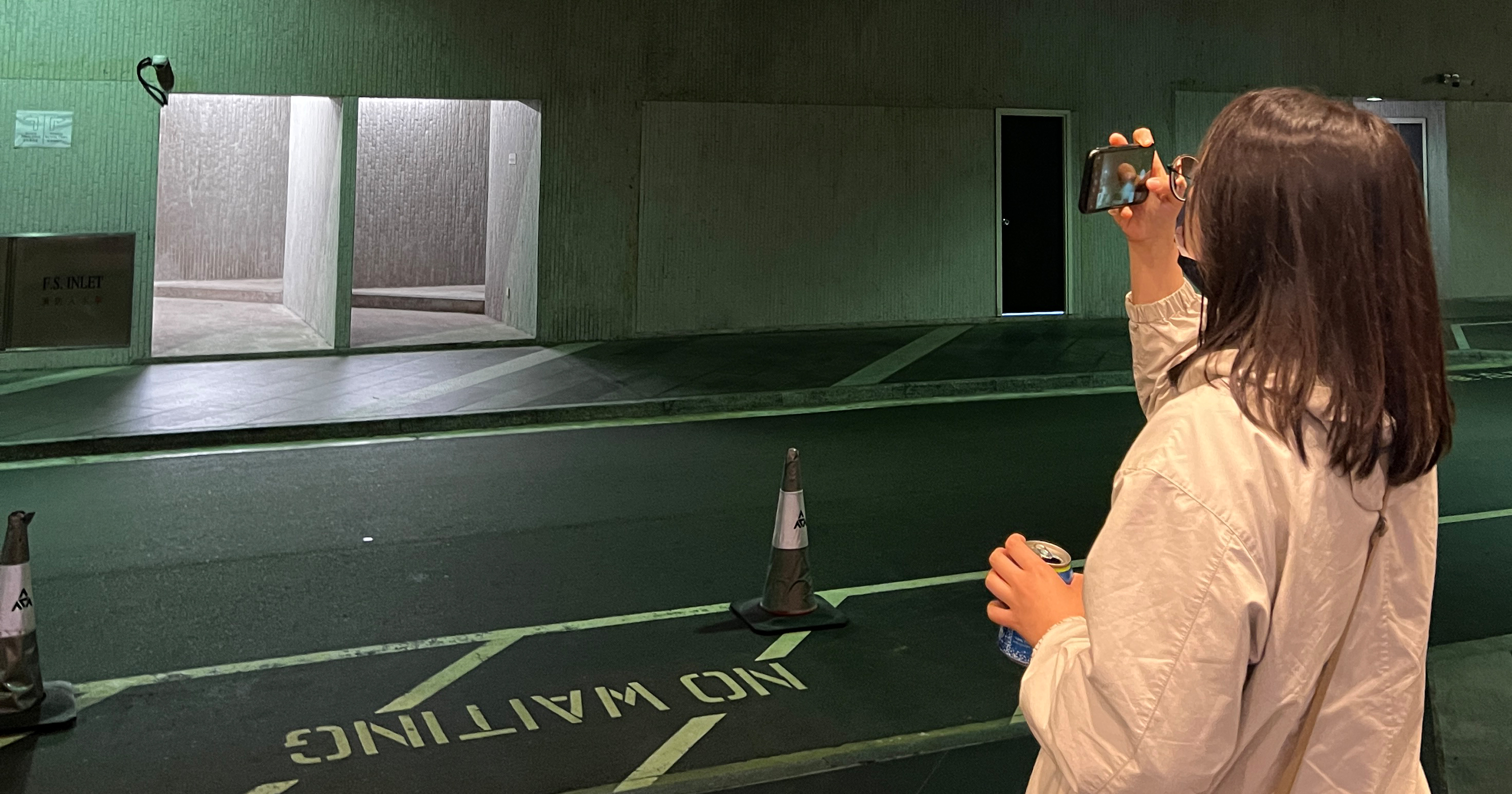
As we accumulate and digest inspirations from our daily life, the natural next step is to contemplate how we can best transform and convey them through our work. In the workshop series, students learned the importance of presenting their ideas effectively by mastering relevant skills. These involve the preparations before starting on a work and the exhibition of it following its completion. The successful organisation and delivery of artistic ideas can be a powerful tool that allows the audience to unlock the meaning and essence of a work.


